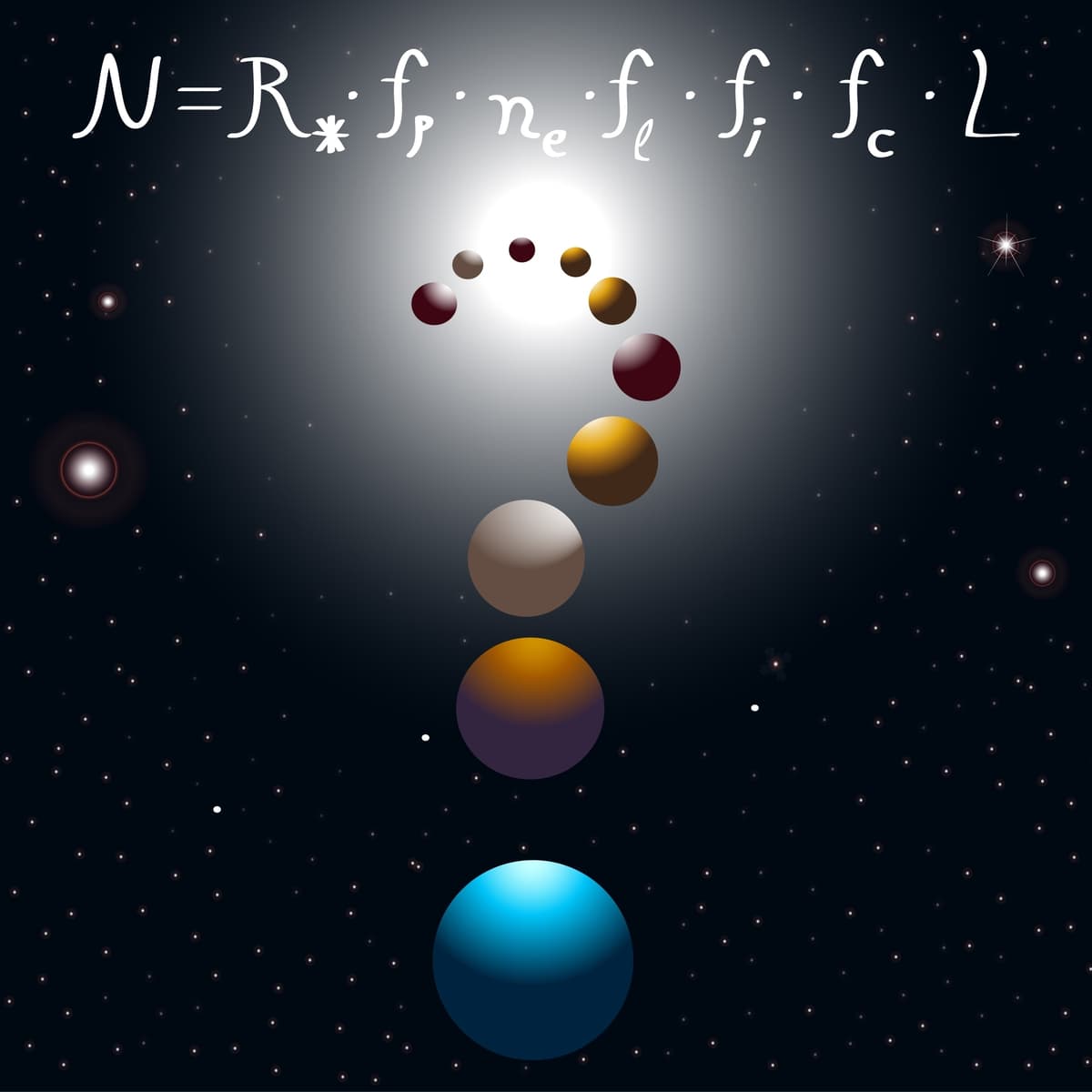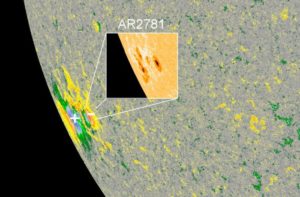
On a planet that coexists with millions of other planets in this universe, it is hard to imagine that it is the only one that gathers the necessary conditions to shelter extraterrestrials, even as fragile as life is.
Indeed, as far as we know, there’s no place we have reached that hosts life other than earth. Life needs specific physical conditions to exist, such as an atmosphere that is developed and gentle enough to let particles get together into more complex compounds, which, in turn, would build up simple cells. Water must exist; but the main source of heat, stars, should not be so far that all the water freezes, neither so close that it evaporates.
If a planet harbors the requirements for life to develop, it will. Christian de Duve, who won a Nobel Prize in Medicine in 1974, life should emerge on a planet if the conditions are similar to those of the Earth 4.000 years ago. There’s no other way.
Once this is done, it is all up to natural selection: a powerful force from which no living being can escape. It is not unreasonable to think that, under the power of natural selection and, given the number of planets in the universe, far away, life had emerged as primitive and then evolved to intelligent, extraterrestrial, life.
A concern with no end
For centuries we’ve looked at the sky and realized we’re not alone. We’ve got to know that there are plenty of stars in the universe, and a lot of other planets, too, so it’s not surprising that we have wondered if there were other creatures on them; nevertheless, there was a long time where it was completely forbidden to talk about it and nothing was written about it.
In the 1860s reports began to appear about situations that suggested that intelligent, extraterrestrial life existed and had visited us. With the advent of the technological era, throughout the 19th century, the theme gained popularity and research began to be done more seriously.
Today, even though we haven’t found life on other planets, there are many scientific institutions whose purpose is to evaluate the possibilities of their existence, to look for it, and to try to communicate with them.
It may be that we ourselves have invented the idea of extraterrestrials. It has put us in a perspective from which we can judge our value and our destiny. We have imagined them, dreamt with them, tried to guess when they would come to visit us, and what their intentions would be. They play a very strong cultural component, too, for aliens have been the star of many of the books and movies made during the last centuries.
Is there any evidence that extraterrestrials exist?

As we’ve said, we haven’t been able to find any conclusive evidence that life exists on other planets. However, Britain’s first astronaut asserts: ‘Aliens definitely exist’ and goes further: ‘and it’s possible they’re living among us’.
Even if we have no evidence, we can assume there’s life on other planets. And, what is more, we can assume there are civilizations in some parts of our galaxy.
How do we know this? Well, it’s all about the possibilities. The most accepted approach until now to the number of advanced civilizations that should have developed in our galaxy is the Drake equation.
This is a hard topic to study, due to the limited information available. Although the Drake equation can’t be solved, it’s been the most respected and used tool for hypothesis formulation.
A new study from Nottingham University, entitled The Astrobiological Copernican Weak and Strong Limits for Intelligent Life, based on the way intelligent life developed on the earth, estimates that there should be more than 30 active intelligent civilizations in our galaxy.
Could they have visited us?
Science is not very optimistic about the possibility that intelligent life from other planets could have visited us, or, at least, found our location and tried to communicate with us.
There are several inconveniences for interplanetary civilization’s communication. According to the Authors of the Study The Astrobiological Copernican Weak and Strong Limits for Intelligent Life, the average distance would be 17.000 light-years, so we couldn’t communicate with our current technology. The shortest distance a civilization would be is 1030 light-years, so it would take at least 2060 years to establish a bidirectional communication (in case both were able to).
Unfortunately, the average distance between civilizations and average life expectancy makes it extremely unlikely that they can communicate or visit each other someday.

NASA Enlists Priests To Assess How The World Would React To Alien Life

NASA Hires Priest as It Appears Agency Is Preparing to Break News of Extraterrestrial Life to the World

Strange Lights Seen In Skies Above Middle Tennessee

X Class Solar Flare | Proton Radiation Storm, CME Earth-Directed | Suspicious0bservers

Astronomers Pick Up Radio Signals From Planets Outside Our Solar System for the First Time

Scientists: Numerous theoretical alien civilizations could have already received Earth broadcasts

Pentagon Confirms Bizarre Leaked UFO Footage Is Real, Was Filmed by Navy Pilot

Pentagon To Release UFO Evidence: “There Are a Lot More Sightings Than Have Been Made Public”

Us Navy’s “Ufo Patents” Include Device That Can “Engineer Reality”

Report: Foia Reveals Pentagon Has Been Testing Material Discovered from UFO Crashes

Spectacular Bright Green Meteor Fireball Disintegrates Across Southeast Australia from Tasmania to Nsw and Sa Before Exploding over Melbourne, Victoria on Valentine’s Day 2021 (Videos)

FBI Document Claims US Government Brought Down Extraterrestrial Craft With Bodies Inside

The CIA Hired Remote Viewers To Obtain Information About Extraterrestrials Visiting Earth

Scientists Discover Microbes in Harsh Deep-Sea Environments – Is This Evidence of Alien Life?

Navy Patents Suggest American Military Possesses Alien Technology

First Radio Signals from Planet Outside Solar System Could Have Been Detected, Astronomers Say

Aliens Are Real, Trump ‘was on the Verge’ of Confirming Them: Israeli General

Electoral College Vote On Dec. 14 Is EXACTLY Halfway Between The “Great American Eclipses” Of 2017 And 2024

Northern Lights Possible in Several US States This Week as Sun ‘Awakens’ With Huge Solar Storms

What Is the Mystery Behind All of the “Alien Monoliths” That Have Been Suddenly Appearing and Disappearing?

Biggest Sunspot in Years Producing Multiple B- and C-class Solar Flares

Former Vatican Insider Says “The Great Reset” Will Be Used To “Drastically Limit” Human Freedom

Navy Seal Recruited as CIA Assassin Guarded Flying Saucers at S-4 Area 51

Alien Pictures: What Do You Think?

On Podcast Jack Osbourne Talks About Aliens With Human DNA

Interstellar Visitor ‘Oumuamua Could Still be Alien Technology


